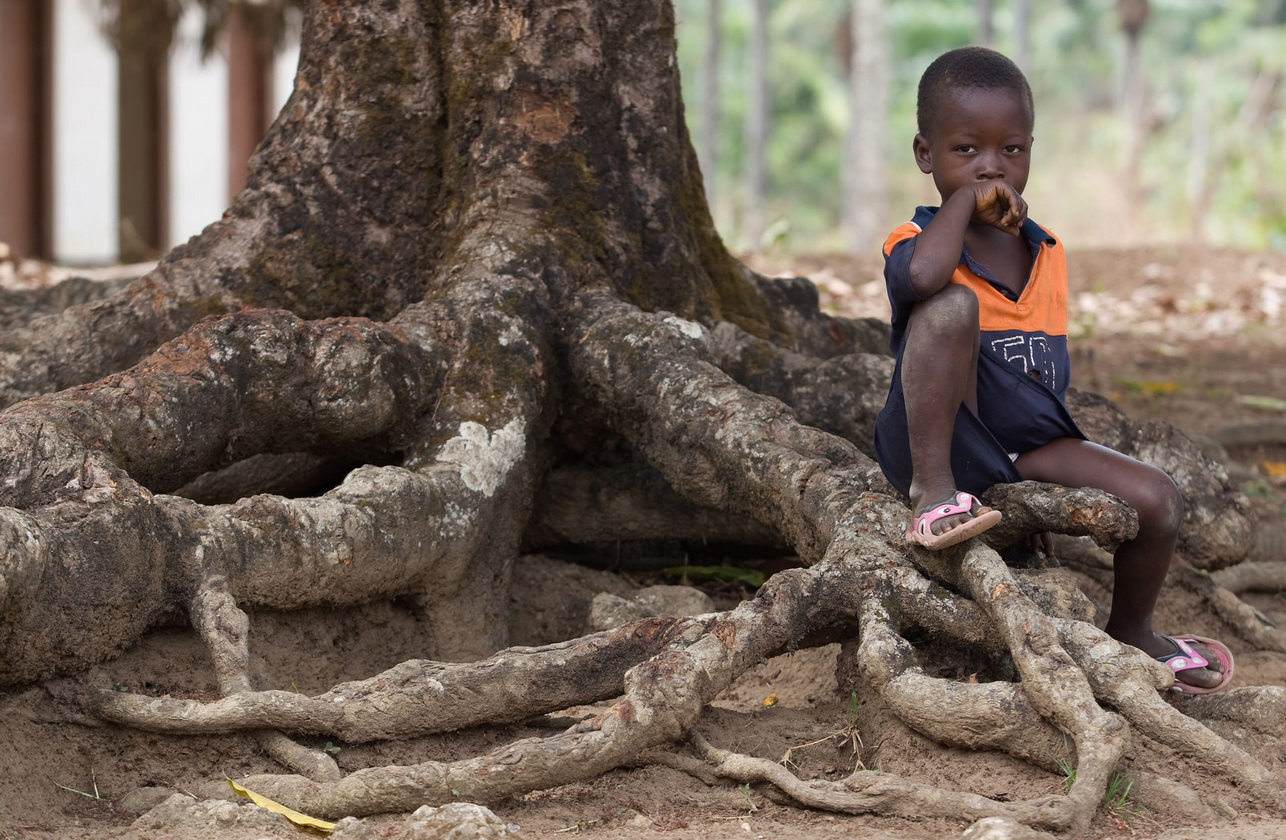It did not make the front page of the Times, but a meeting in Berlin this week was arguably the single most important thing to happen on the planet yesterday.
The occasion was a pledging conference for GAVI–The Global Vaccine Alliance. This is a 15-year-old program, kickstarted by the Bill and Melinda Gates Foundation, to finance the development and distribution of vaccines for preventable childhood illnesses for children living in the poorest countries in the world. Since its founding, GAVI has reached nearly half a billion children with vaccines; and helped develop markets for new vaccines and ways to deliver them. For example, GAVI helped pioneer a “pentavalent” vaccine that combines 5 childhood immunizations into one shot. It now plans to distribute that vaccine in 73 countries.
GAVI is demonstrating big results. Child mortality is on the decline in those 73 countries, and the number of potential lives saved has increased year-over-year since childhood vaccines have become widely available. Check out this chart about the number of future deaths averted:

Every five years, GAVI holds a pledging conference in which donors help fund the development and distribution of vaccines for five years hence. On January 27, the conference on Berlin concluded, netting a whopping $7.5 billion. This is about $3 billion more than it received in the last pledging conference.
GAVI estimates that this funding will enable the immunizations of about 300 million children, and avert between 5 to 6 million premature deaths. It also estimates that this investment of $7.5 billion will yield economic benefits for developing countries of between U$80 and $100 billion through “productivity gains and savings in treatment and transportation costs and caretaker wages.”
This is a very big deal primarily for the fact that millions of children will be saved from easily preventable diseases. But it’s also a big deal for what it says about how governments around the world–and not just the usual suspects –are prioritizing global health and development.
To be sure, the biggest donors are who you would expect: the United Kingdom, USA, and Scandinavian countries. (The Gates Foundation kicked in over $1 billion, too.). But what’s striking about the donor list is the participation–for the first time in some cases–of the developing world. China, for example, contributed $5 million. Now, all the BRICS are donors to GAVI. Also, Saudi Arabia, Qatar and Oman contributed to GAVI for the first time–signaling their emergence as important donors to global development; and helping to distribute the burden away from the Global North. Another interesting twist is that GAVI estimates that their 73 implementing countries of –among them the poorest on the earth–will kick in over $1 billion in addition to donor funding.
The GAVI pledging conference was the first big global health and development financing event of a year that will have profound implications for the future of the planet. I dare say, we are off to a good start.
